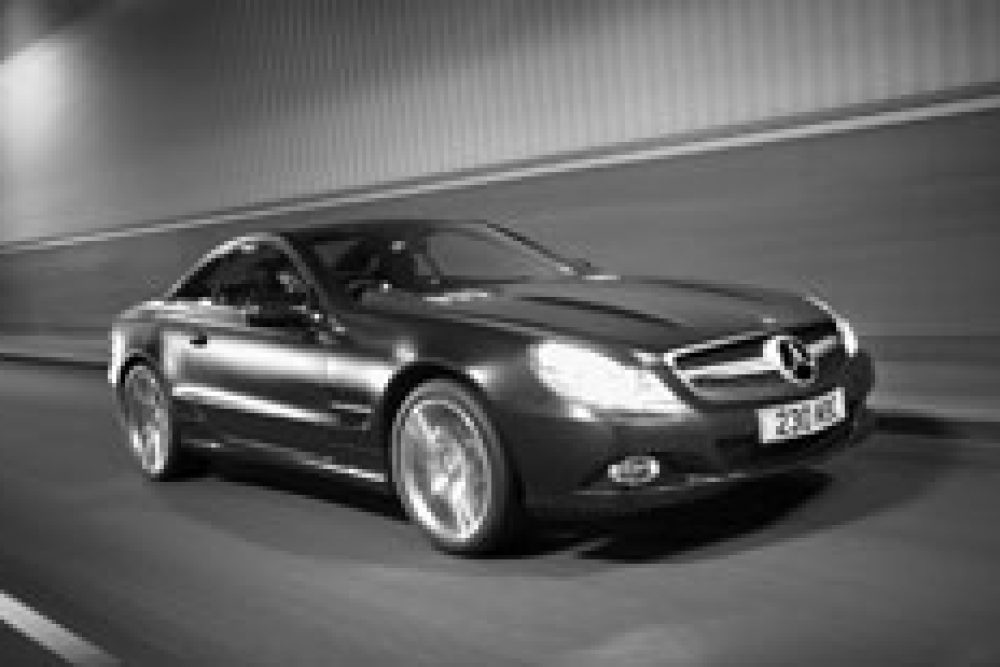
By Caroline Holmes, IAM
DRIVING in the dark is a very different experience to driving in the day. Speed is more difficult to judge, distances of other vehicles can be hard to calculate when faced with a wall of headlights, and you are likely to be more tired than usual.
But there are advantages, particularly for business car drivers as the roads are quieter so you can make progress more swiftly. Here are a few points to help make your drive as safe and enjoyable as possible.
Turn on your headlights before sunset and keep them on for an hour after sunrise so that it’s easier for other drivers to see you in twilight. Equally important is making sure all your exterior lights are clean and working properly.
You should also make sure all your windows are clean, inside and out. Dirty windows will increase glare from other vehicles and are more prone to steaming up. Clean, properly positioned mirrors will reduce dazzle as well as blind spots.
Turn off the interior lights and dim the dashboard as well, if you can. This will cut down on interior reflections.
Read the road ahead and look out for clues that might not be available to you usually. While visibility is reduced, glimmers of light at the top of hills and at bends could be the headlights of other vehicles, giving you prior warning.
And, as always, be able to stop your vehicle within the distance you can see to be clear – at night this will probably only be as far as your headlights reach, unless there are street lights.
On rural roads, drive on full beam whenever possible but dip your lights when faced with another road user to avoid dazzling them.
If a driver approaching you fails to dip their own headlights, look away to the verge on the left-hand side to avoid being dazzled yourself. And make the most of other people’s lights – use the light shed by vehicles ahead or from roadside lights, not just street lights, to help you see further ahead.
Driving at night, you are likely to be more tired than usual, so taking breaks is especially important. Stop regularly for a rest and park up in a safe place for a nap when you need to – no journey is worth putting yourself or others in danger for.
To keep business drivers safe this winter, the IAM has a new website,drivingadvice.org.uk, with traffic updates, weather forecasts and tips on how to drive safely in winter.
Tips cover rain, snow, ice, fog and wind – everything you can expect in a typically unpredictable British winter. Check it out before you travel.
Previous articles by Caroline Holmes
Read Make a new gears resolution







